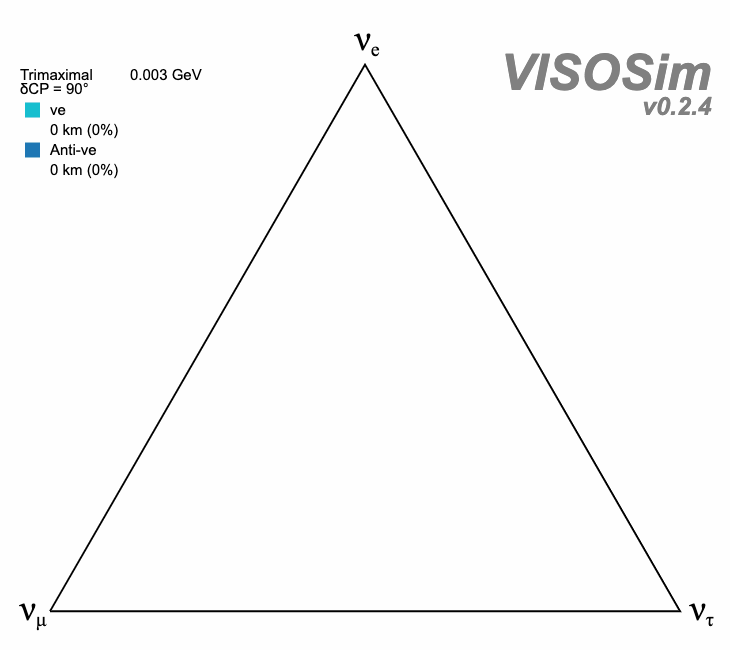Research
Over the years, I've worked on a range of exciting projects that have deepened my understanding of the Universe’s fundamental constituents while making meaningful contributions.
I began by delving into the intriguing field of nucleon structure. I developed a new analysis method that allowed HERMES to make unique measurements and extract generalised parton distributions (GPDs) from the nucleon. I then studied the ALICE detector's performance and introduced a new algorithm that significantly expanded the momentum determination of the Time Projection Chamber (TPC) in the TeV regime. This work extended to cosmic muon observations with the Transition Radiation Detector (TRD), providing a demonstration of the onset mechanism of transition radiation. I later explored nuclear medium effects in extreme conditions and particle production in jets. The development of the TPC Coherent Fit, pushing particle identification across an unprecedented momentum range, contributed to my receipt of the ALICE Best Technical Thesis Award.
My initial attempt to detect upward-going neutrinos in the ALICE TPC led me to the neutrino field. Since then, my main focus has been studying GeV neutrino interactions, in particular, using the new idea of TKI in accelerator neutrino experiments, including T2K, MINERvA, and DUNE. Currently, I am exploring GeV neutrino physics in JUNO, a primarily MeV reactor neutrino experiment that also holds promise for atmospheric neutrinos.
With over a decade of experience working with TPCs, I’m excited about the opportunity, supported by STFC and the Warwick Physics Department, to establish a TPC lab from the ground up—WarTPC. With the tremendous efforts of our collaborators, students, and technicians, our WarTPC is striving to become the UK platform for gas TPC R&D.
Research Focus: Transverse Kinematic Imbalance (TKI)
My research focuses on pioneering the development of Transverse Kinematic Imbalance (TKI) and its application to neutrino interactions. Since 2015, this 'kinematic mismatch'—along with its longitudinal and three-dimensional variations and the derived asymmetry [1,2,3]—has been a key observable in accelerator neutrino experiments, providing valuable insights into primary neutrino interactions and the underlying nuclear processes [4, 5, 6, 7, 8]. Beyond probing in-medium effects, TKI enables event-by-event measurements of neutrino-hydrogen interactions [9, 10], further advancing precision neutrino physics.
Internship Projects
VISOS (VISualisation of OScillation)


